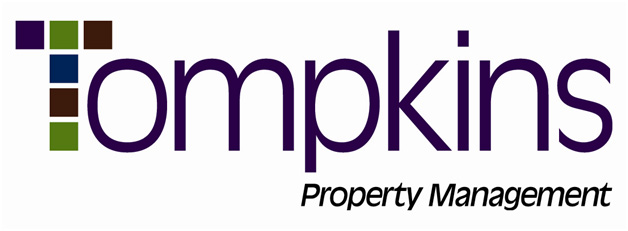If you’re thinking of buying a residential income property or converting your current residence into a rental, you might want to think again. A deal that looks good on the surface may end up costing you money.
Owning residential income properties has many advantages. Rent payments from your tenant can defray or even cover your mortgage payments, and you can build equity through house appreciation while getting tax deductions on mortgage interest and depreciation.
But there are downsides too. You have to collect rent and take emergency calls yourself, or pay a property manager to do so. You have to coordinate with tenants and workers to make repairs, sometimes from a distance. Vacancies and other nonpayment issues can also arise.
These drawbacks aren’t insignificant. That’s why it’s important to take the time to carefully assess a property’s potential. As a former commercial real estate broker and rental property owner, I know many rental properties are indeed good investments. But to find those, it’s important to rule out unfeasible properties as quickly as possible. One way to do this is by what I call the “10/1/1” strategy. If a property doesn’t measure up to this metric, rule it out in favor of those that do.
Applying the 10/1/1 test
The three numbers refer to the number of months of rent payments in a year needed to fulfill three different requirements: an expense fund, a vacancy fund and a maintenance fund.
10: The first number represents the number of monthly rental payments you should be able to collect in a year to pay a year’s worth of expenses. These expenses include mortgage payments, real estate taxes, landlord property insurance and management costs, including paying a property manager to handle landlord duties, if you wish to do so. If you can’t cover a year’s worth of expenses with 10 months’ worth of rent, that’s a good sign you should turn away from the deal.
- The first 1 is the rent payment devoted to a vacancy fund, for covering expenses when the rent check stops and another one doesn’t start immediately. After three months’ worth of rent is in your fund, you can start to pocket this rental payment as profit, provided that you’ve taken care of the second
- The second 1 is the rent payment that goes into a separate fund to pay maintenance costs. Having three months’ worth of rent in the bank for this purpose is usually sufficient.
In practice, this means that after three years of covering all of your expenses and gradually building up a sufficient fund for potential vacancies and maintenance costs, you can start pocketing some of the rental cash flow as profit. This way you’ll be covered against unexpected expenses.
If a property can’t meet these criteria, or you’re not comfortable waiting three years to build up a proper cushion, it’s better to pass on it now rather than to discover later that the deal wasn’t so promising after all.
Written by Jim Ludwick, CFP
Learn more about Jim At Nerdwallet at Ask an Ad
This article originally appeared on NerdWallet
More from NerdWallet
Refinance Calculator: Should I Refinance My Mortgage?
Best Roth IRA Accounts
How to Refinance Your Mortgage
